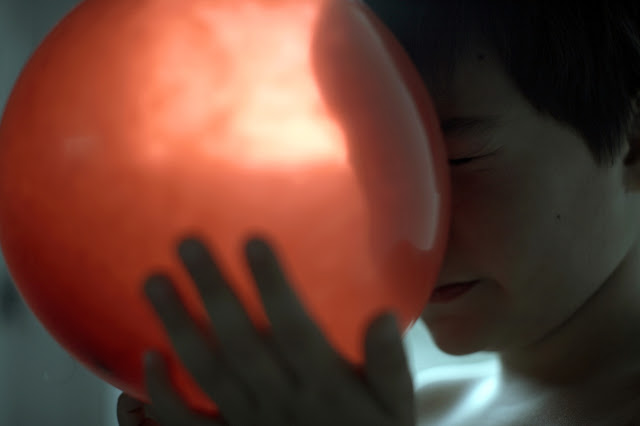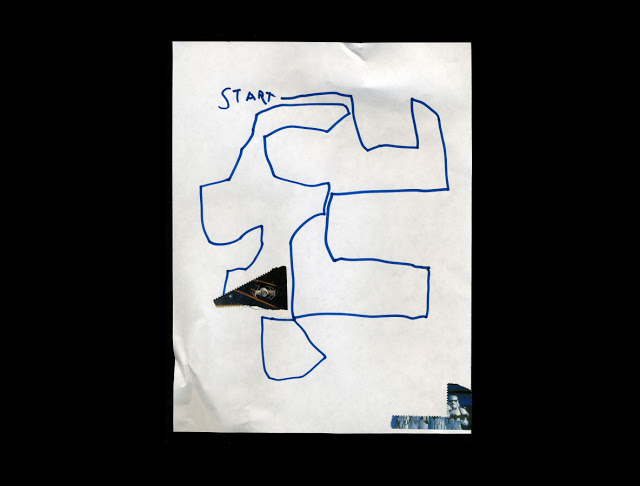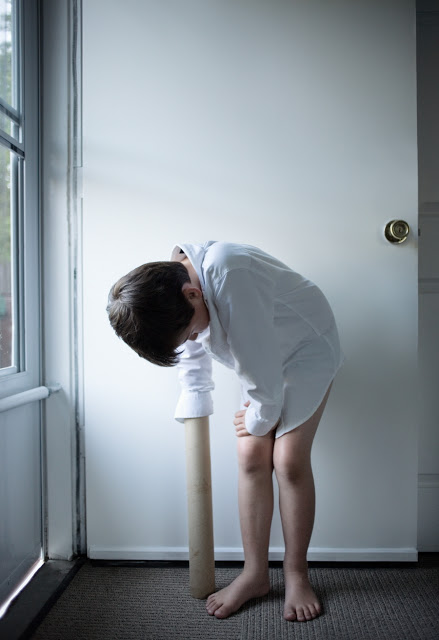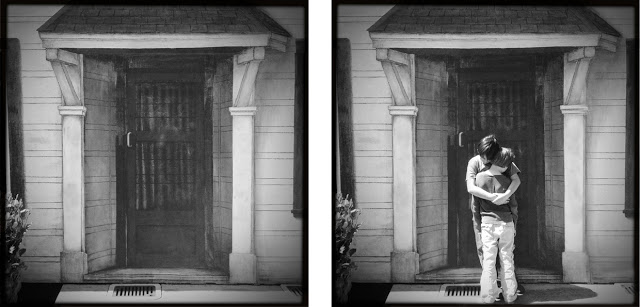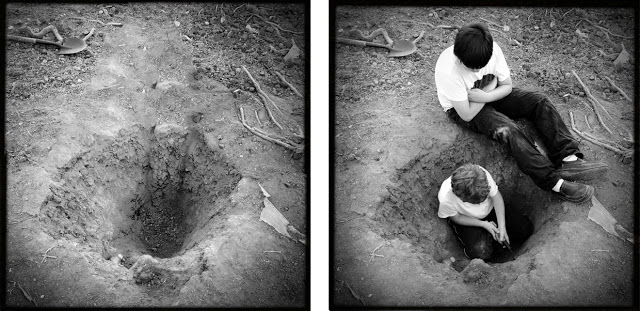Timothy Archibald: ECHOLILIA and Stereoscopy Photographs
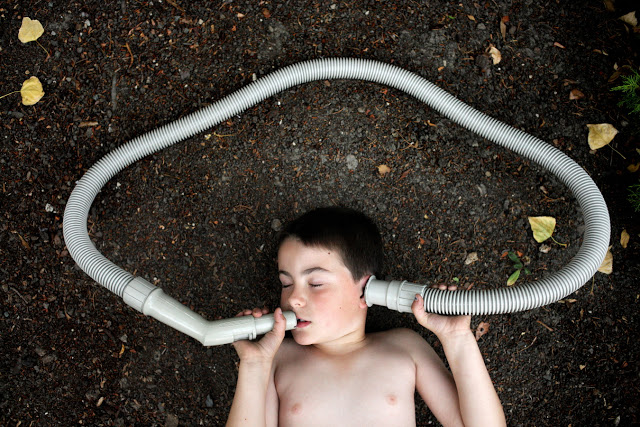
I often think about how lucky we are as photographers to have a second language, a visual language that allows us to express ourselves in unlimited ways. For some photographers, this additional form of communication has become a remarkable tool for healing, exploration, and story telling. Over the next four days, I am featuring the work of four photographers–all fathers who have sons who are Autistic. Each photographer has created a project that helps tell their story and allows them to use this second language to express their experience of participating in a often wordless world of Autistic children.
Timothy Archibald’s project, Echolilia, is a collaboration with his son Eli. The project became a way to understand each other in drawings and photographs though the filter of the Autistic spectrum. His well-celebrated book, ECHOLILIA/ Sometimes I wonder ( 2010 Echo Press ), can be purchased directly from Timothy or through the photo-eye bookstore.
I am also featuring some images from his new series, Stereoscopy Photographs, that looks at his brother’s role in the family.
Tim is a commercial and editorial photographer based in San Francisco, California and is the author of the books Sex Machines: Photographs and Interviews ( 2005 Process Media Inc ) and ECHOLILIA / Sometimes I wonder. ( 2010 Echo Press ). His work has been exhibited at The Catskill Center For Photography in Woodstock, N.Y., The Museum Of Sex in NYC, Zephyr Mannheim Gallery in Germany, Videotage Artspace in Hong Kong and Emory University School Of Medicine in Atlanta, Georgia.
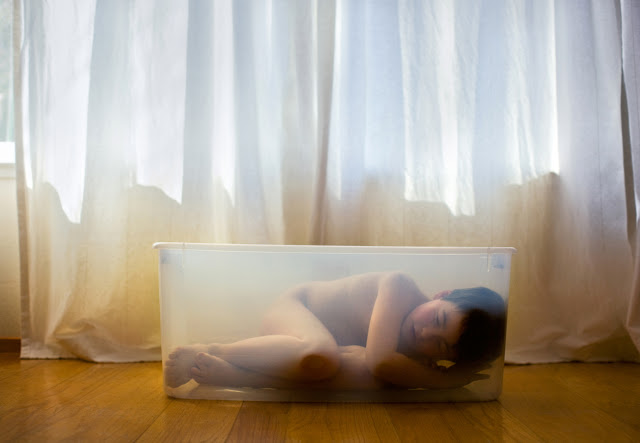
Posts on Lenscratch may not be reproduced without the permission of the Lenscratch staff and the photographer.
Recommended
-
Salua Ares: Absense as FormNovember 29th, 2025
-
Ricardo Miguel Hernández: When the memory turns to dust and Beyond PainNovember 28th, 2025
-
Pamela Landau Connolly: Columbus DriveNovember 26th, 2025
-
KELIY ANDERSON-STALEY: Wilderness No longer at the Edge of ThingsNovember 19th, 2025
-
Jackie Mulder: Thought TrailsNovember 18th, 2025


